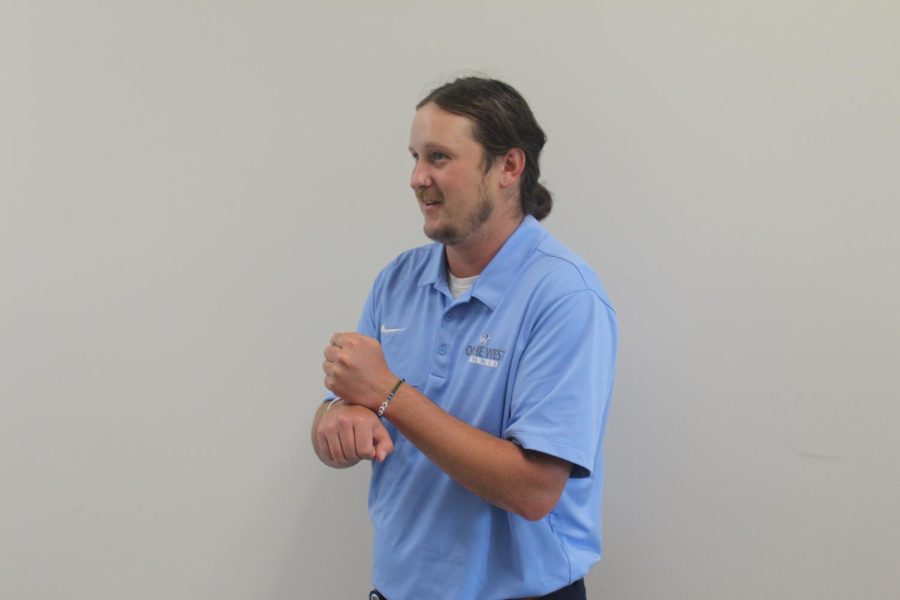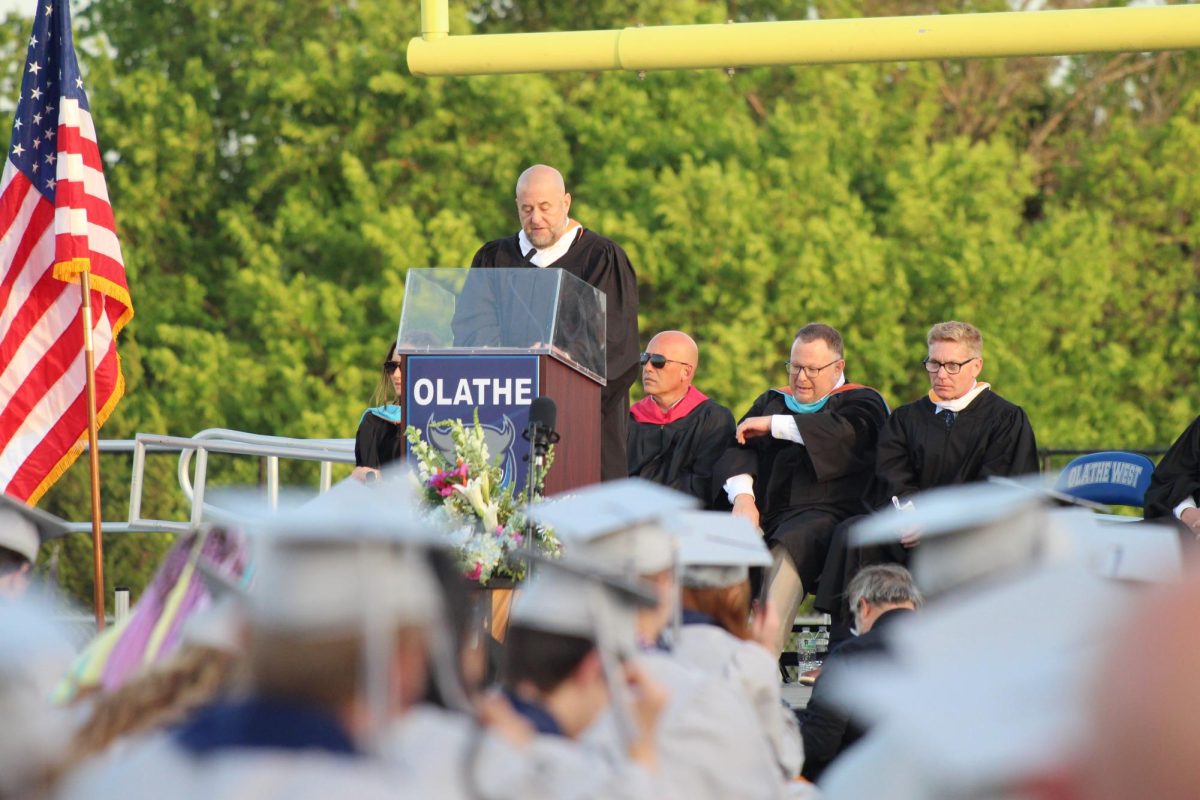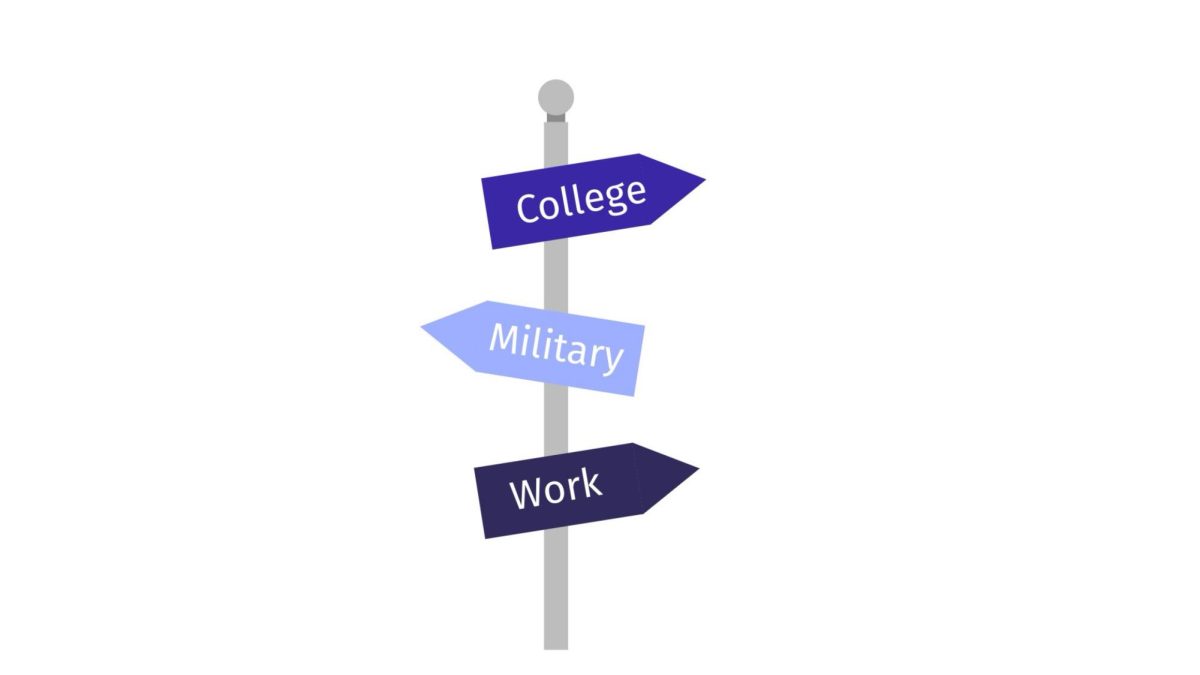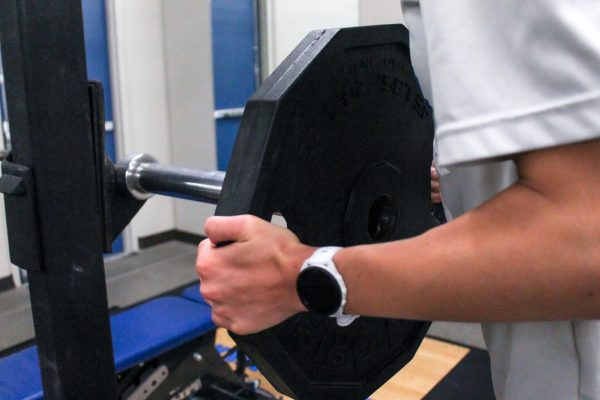From Childhood to Teaching: Mr. Mnich and ASL
ASL teacher, Colby Mnich, has a conversation with a student in sign language.
May 25, 2023
Across the world, there are over 300 sign languages and 72 million people who speak them. Those languages aren’t just limited as language counterparts either. For English, there is both Australian, British, and American sign language, each unique to its own region.
At West, teaching American Sign Language has been a job taken up by Colby Mnich. Growing up with a Deaf mom and grandparents, he learned a lot of his ASL knowledge in middle school to better communicate with his mother.
“I don’t know what necessarily changed in me, but I found myself using it more and more as I got older,” Mnich said. “I wanted to feel more connected to my mom and her whole world, as well as my paternal grandparents. ASL was such a big part of my dad’s life growing up as well.”
As he lived with his parents, Mnich would get to meet their Deaf friends when they came over to visit.
“It could be overwhelming at times because I wasn’t as strong of a signer when I was young,” Minch said. “I would feel bad if I couldn’t communicate with some of the other Deaf friends of my parents who used ASL with perfect execution.”
And life with a Deaf mom was, according to Mnich, the same as any other mom with the exception of accessibility things in the house.
“The lights would flash for phone calls or if the doorbell rang,” Mnich said.
With the establishment of West as the newest Olathe high school, so came the new position for a teacher for American Sign Language. Applying for a position is not something to take lightly, however. Deaf people are often discriminated against, especially in employment and even in jobs like ASL teaching where hearing teachers may still be chosen over them.
“I consulted my family and other Deaf friends in Olathe to see if I should even apply for or accept the ASL position here,” Mnich said. “As a CODA (child of Deaf adults), I wanted to make sure I wasn’t stepping on anyone’s toes in the community, or taking a job from a Deaf person who would be more qualified than me.”
Currently, ASL classes offered at West go from 1-3, with the first two classes focusing on the basics of the language, while the third introduces much more vocab and analysis.
“There are currently three levels of ASL offered here at West with the hope that in the new future, we can add a fourth.”








